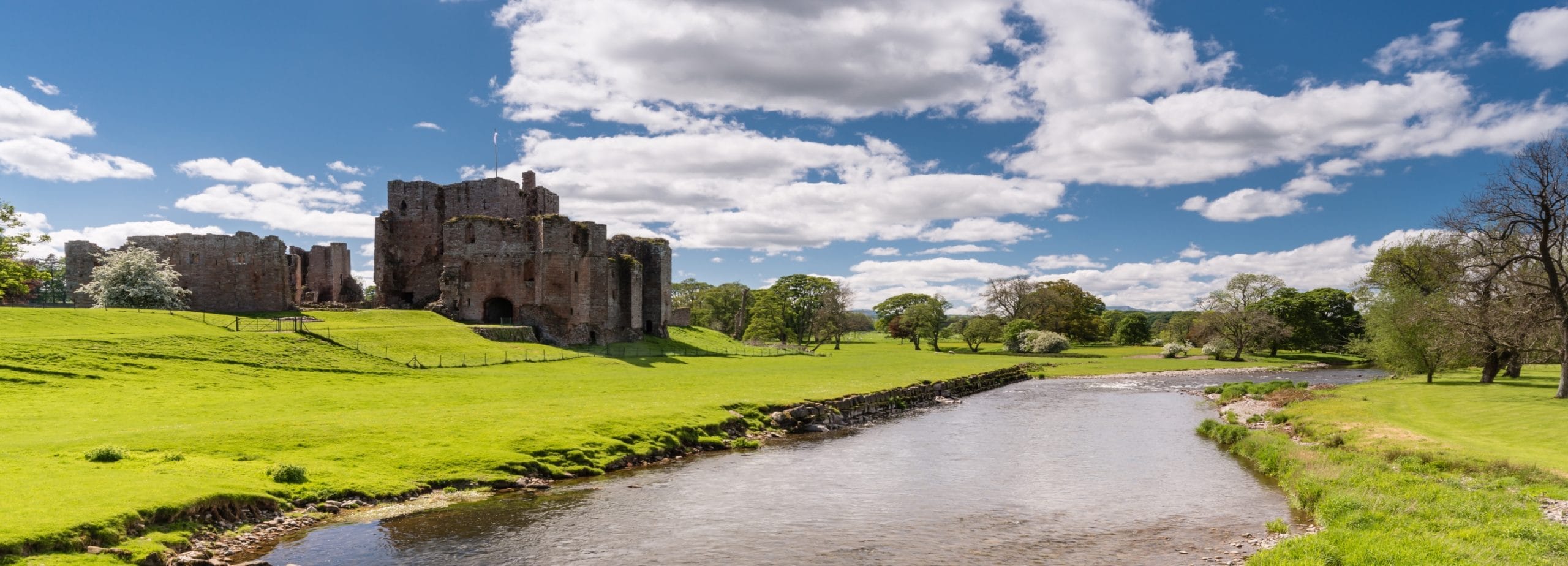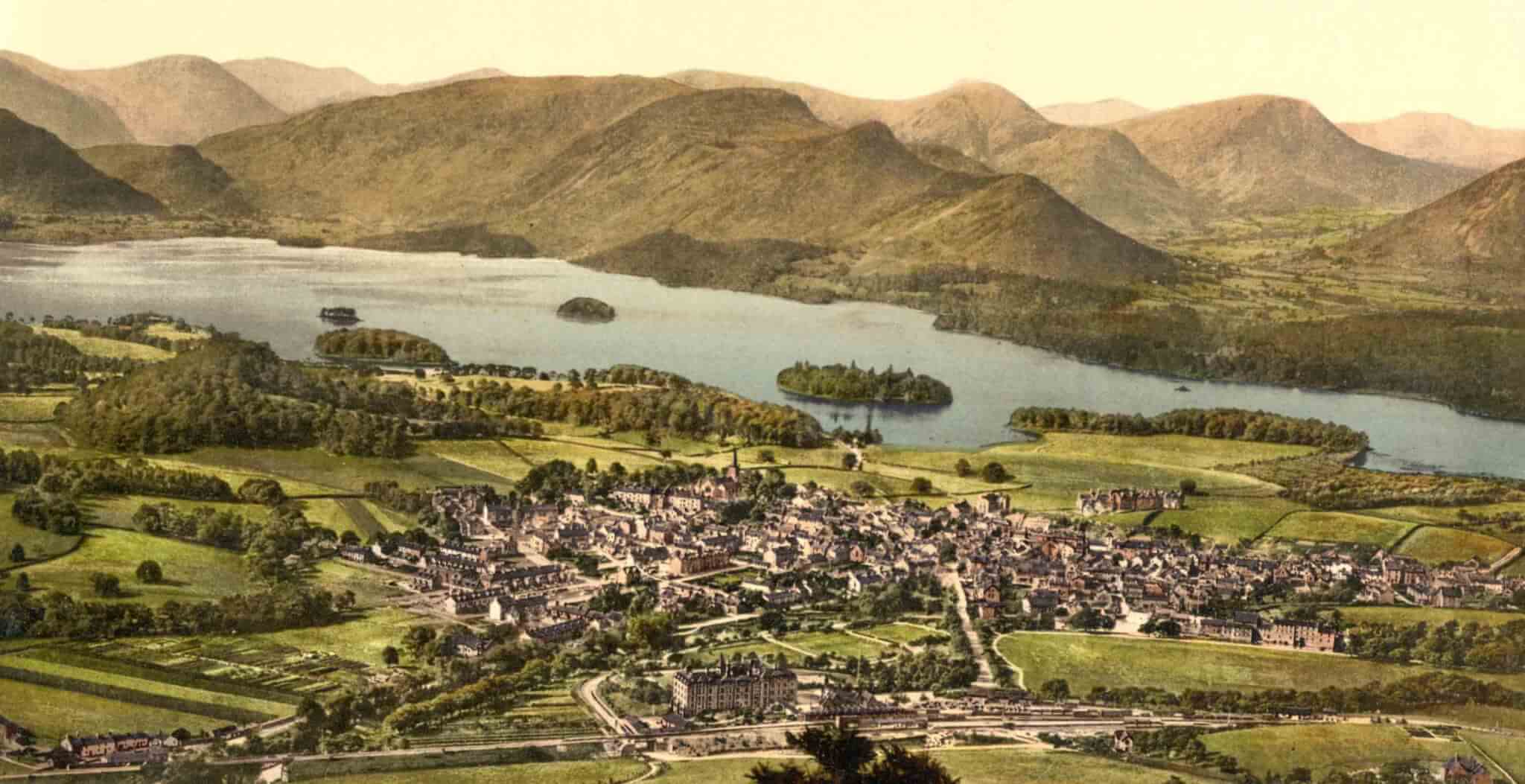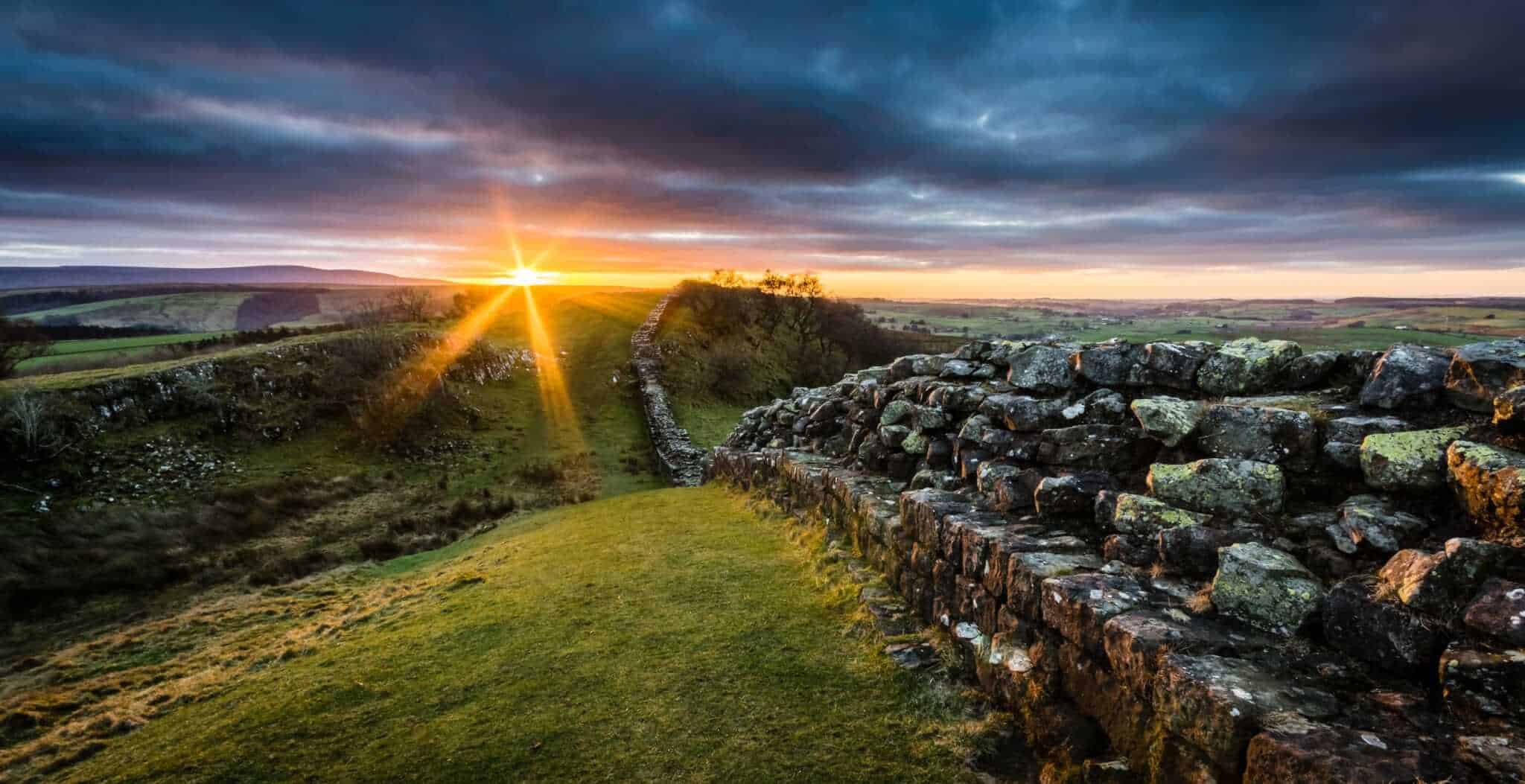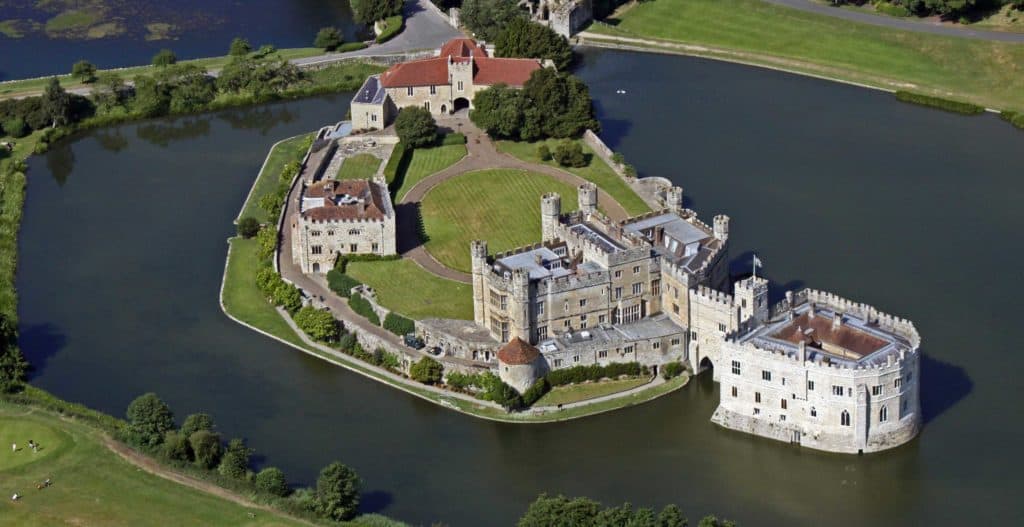Telephone: 01768 862488
Website: https://www.english-heritage.org.uk/visit/places/brougham-castle/
Owned by: English Heritage
Opening times: 10.00 – 16.00. Days vary throughout the year, see the English Heritage website for more details. Last admission is 30 minutes before closing. Entrance charges apply to visitors who are not English Heritage members.
Public access: No parking on site, but free parking available on the roadside. There is level access through the shop, around the grounds of the castle and on the ground floor of the Keep. Assistance dogs are welcome.
Brougham Castle was built by Robert de Vieuxpoint (Vipont) in the early 13th century. The castle was constructed on the site of the earlier Roman fort of Brocavum and sits on the banks of the River Eamont. With the outbreak of the Anglo-Scottish Wars in 1296, Brougham became an important military base and the castle’s wooden defences were replaced with stone walls and a large stone gatehouse. Such was the importance of Brougham that Edward I, Hammer of the Scots, visited in 1300.
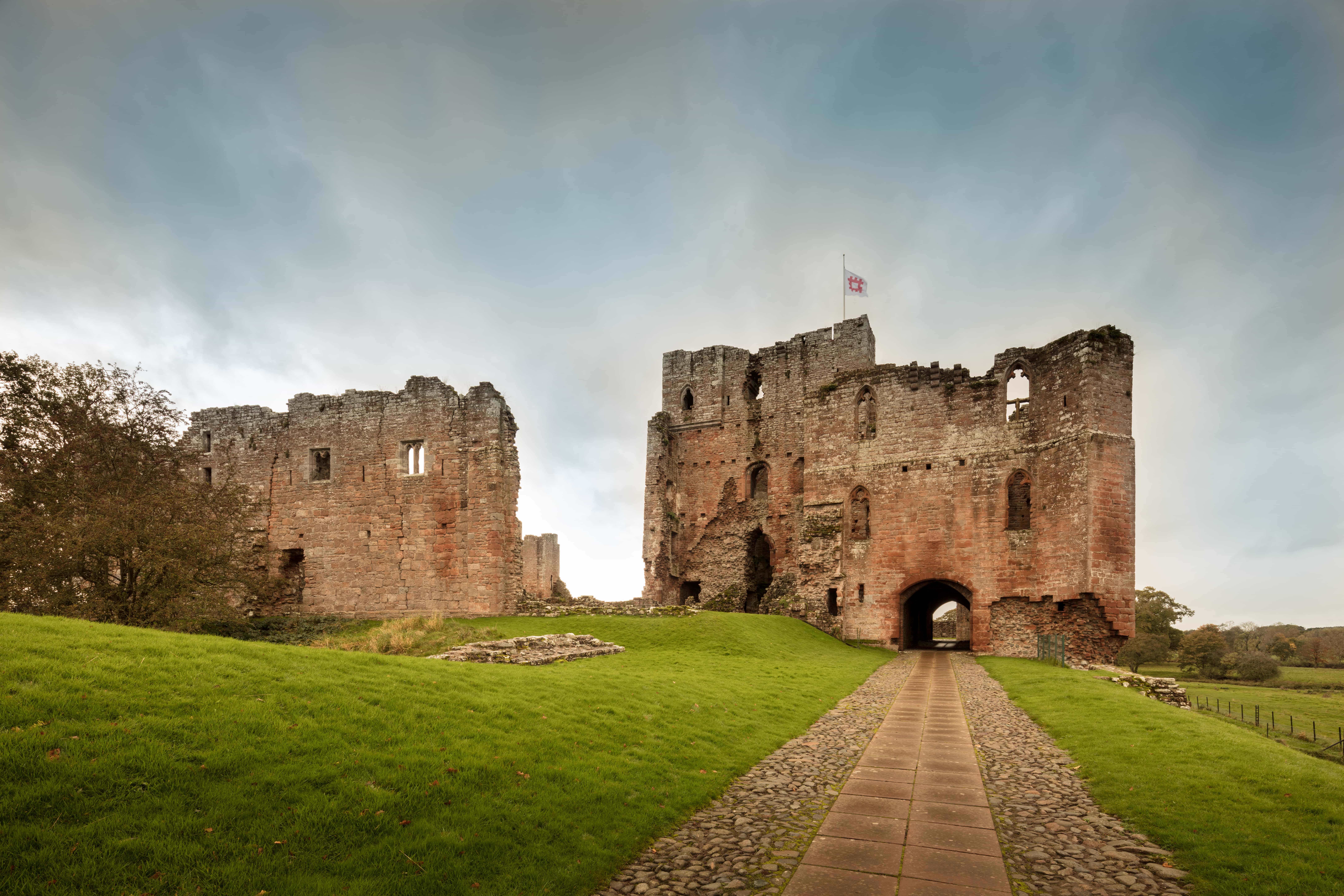
Although relatively late in date, the impressive keep is in traditional Norman style. It is possible that an earlier foundation preceded it, since Henry II originally granted the land to one Gospatric, the son of Orm. Documentation relating to a castle on this site only refers to the period after Robert de Vipont, however. During the 13th century, an imposing gatehouse and a hall were also constructed.
Brougham Castle became a Clifford stronghold through marriage, and a licence to crenellate was given to Robert de Clifford in 1309. Robert created the curtain wall around the bailey and also constructed the Tower of League at the south western corner of the bailey. Robert died at Bannockburn in 1314. The castle was still undergoing modifications by the Cliffords in the late 14th century. There then followed a period of decay, until Brougham became one of the northern Clifford seats to be restored by Lady Anne Clifford, Countess of Pembroke, Dorset and Montgomery. A dedication in stone commemorates her work. Lady Anne died here in 1676 and the castle, along with other Clifford sites, fell into disuse until it was taken into state control in the 1920s.
